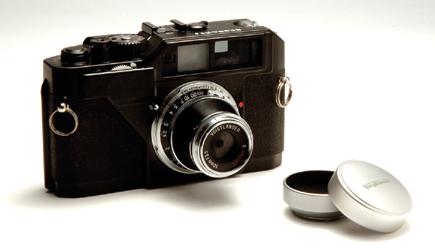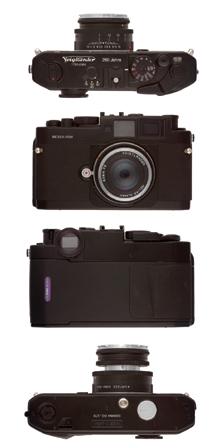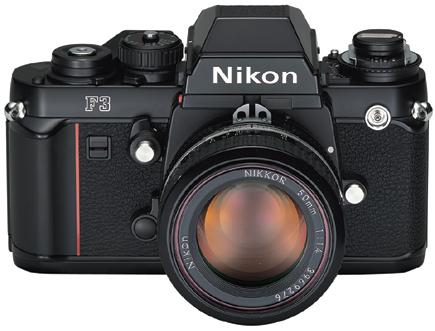Classic Camera Reviews
Sort By: Post Date TitlePublish Date
|
Apr 01, 2008 |
|
Mar 01, 2008 |
|
Feb 01, 2008 |
|
Feb 01, 2008 |
|
Oct 01, 2007 |
|
Aug 01, 2007 |
|
Jun 01, 2007 |
|
Jun 01, 2007 |
|
May 01, 2007 |
|
May 01, 2007 |
|
May 01, 2007 |
|
Apr 01, 2007 |
|
Apr 01, 2007 |
|
Apr 01, 2007 |
















